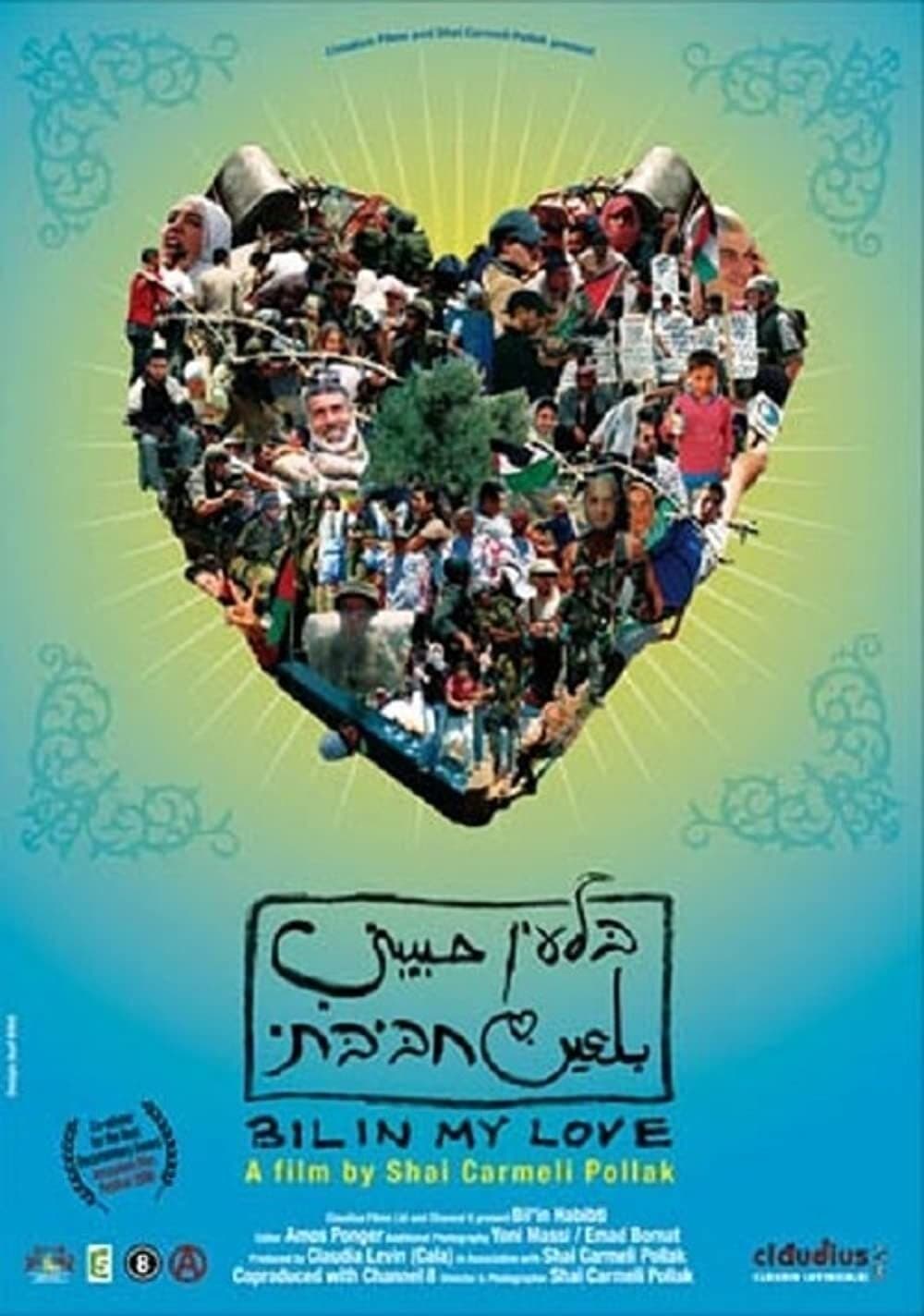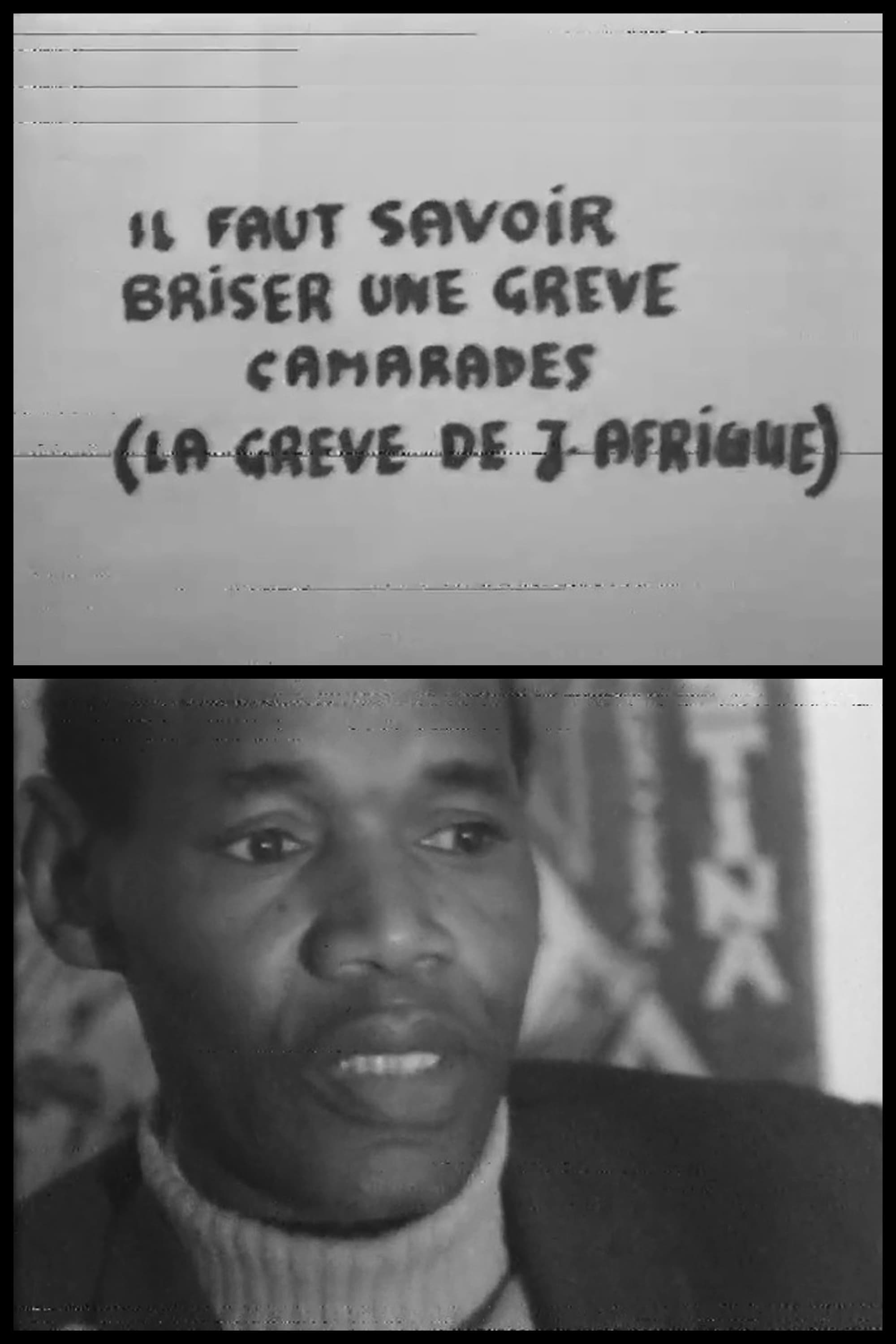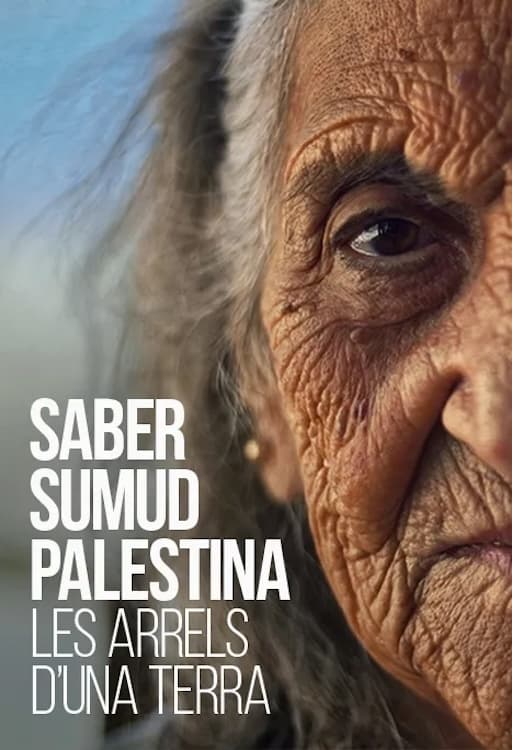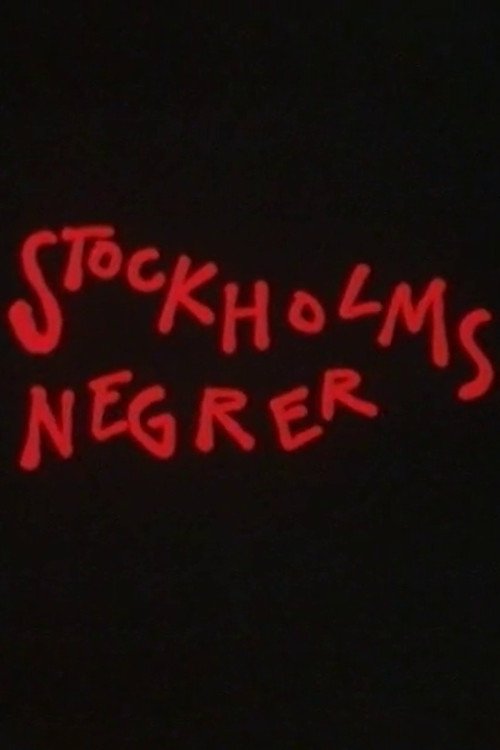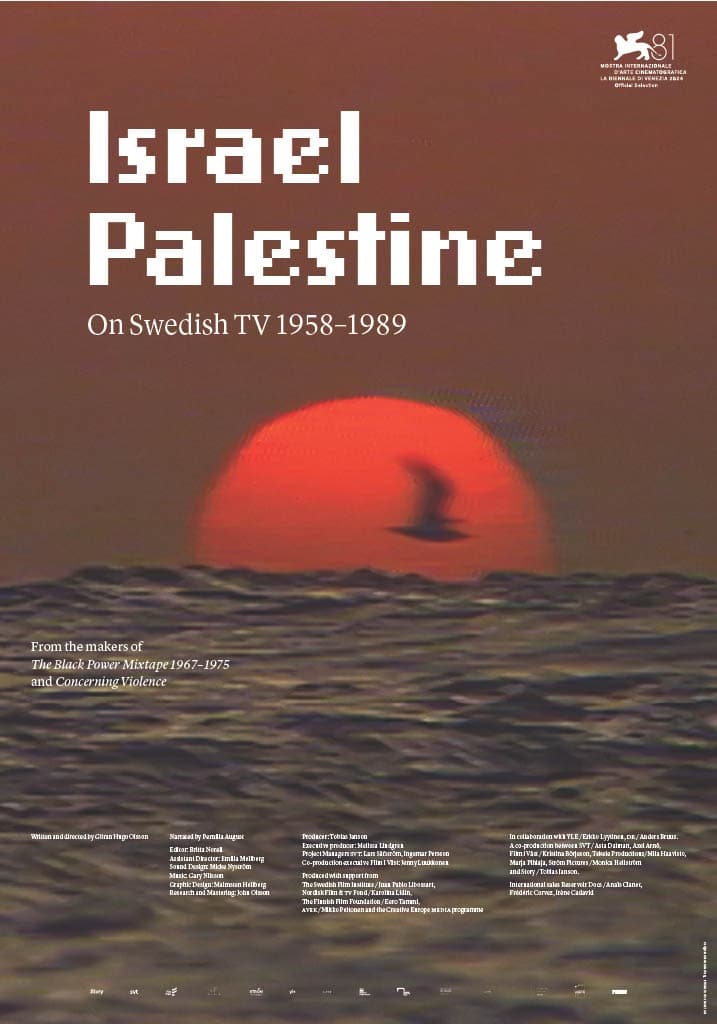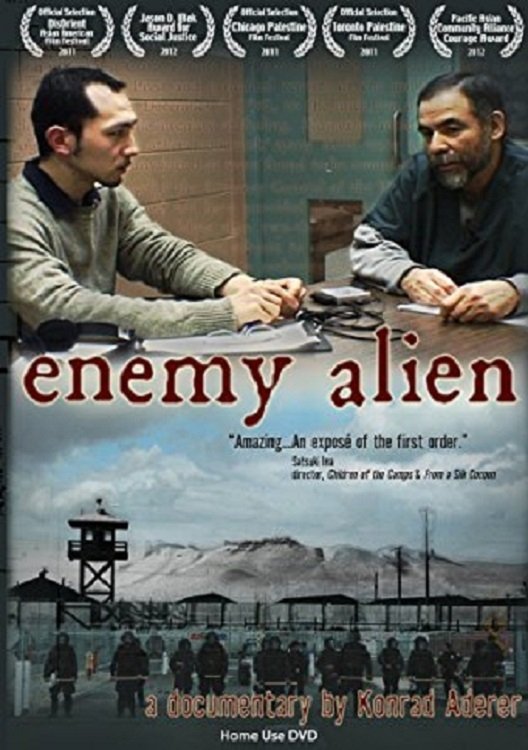
Enemy Alien ()
Overview
A Palestinian activist's fight for freedom draws a Japanese American filmmaker into confrontation with detention regimes of past and present.
Production Companies
Additional Info
| Budget | $0.00 |
|---|---|
| Revenue | $0.00 |
| Original Language | en |
| Popularity | 0.4814 |
Directed By
Konrad Aderer
Crew
Konrad Aderer
TOP CAST
Similar Movies
Mein Vater und ich
As a Palestinian refugee, Ahmad escaped from Lebanon to Germany 40 years ago. In a conservative and strict way, he raises his six children in Berlin Neukölln. His oldest son, the filmmaker, talks to his father, interviews his siblings and tries to understand how war, escape and exile affect a human being.
Meuthen's Party
MEUTHEN'S PARTY unmasks the rise of the provincial politician Dr. Jörg Meuthen who doesn't shy away from spreading racist sentiments with a smile on his face.
Venezuela at Home
Two groups of Venezuelan dancers, while preparing for a dance battle, survive at traffic lights in the streets of Medellín. A group reflection on love, family and identity, far from home.
A Thousand Pines
In this tale of labor and family that shines a light on the precarity of temporary work visas, Raymundo Morales leads a crew of workers who have to make the challenging decision to leave their families in rural Mexico to plant commercial pine forests in the United States.
Displaced Perssons
Per Persson left Sweden 40 years ago. In Pakistan he fell in love and became the father of two daughters. Trouble starts when the girls grow up and the family decides to emigrate to Sweden. When they end up living in a caravan outside Hässleholm, all their expectations are dashed.
Bil'in Habibti
The Israeli filmmaker Shai Corneli Polak records the building of the 'security wall' through Palestinian territory at the village of Bil'in. The villagers protest mostly peacefully, while the Israeli army doesn't react peacefully. By now the Israeli High Court has ruled that the building of the wall was illegal.
From the Black You Make Color
Eight women on the margins of Israeli society are thrown together during the course of a school year at Tel Aviv's oldest beauty school. Amidst the combs and colorings, these women present a microcosm of modern-day Tel Aviv -- native Israelis and new immigrants, Asians and Africans, among them women struggling with cancer and personal loss. As they learn to create beauty without, each woman undergoes a powerful transformation within.
Los Olvidados
Artist Ramiro Gomez advocates for domestic laborers through an art instillation in the Sonoran Desert, in tribute to his immigrant roots.
War Photographer
Documentary about war photographer James Nachtwey, considered by many the greatest war photographer ever.
Wrestling Jerusalem
Writer-actor Aaron Davidman embodies seventeen different characters in and around the sacred city of Jerusalem as he takes us on an eye-opening journey into the heart of the Israeli-Palestinian story. Exploring universal questions of identity and human connection, the film is about one man's effort to embrace a multiplicity of conflicting viewpoints, chronicling a brave exploration of the complex humanity at the heart of one of the world's most troubling conflicts.
Tarajal: Desmontando la impunidad en la frontera sur
The events that took place at the beach of El Tarajal in Ceuta (Spain) in February 2014 - the killing by the border police of 15 people who were trying to reach the Spanish coast - are an example of how the police force can violate the laws of its own country and international conventions with total impunity. The worst part is that this violation of human rights is protected by the Spanish Ministry of Interior itself, which hinders any effective action by the prosecution. For this reason, the civil society plays a fundamental role in revealing the facts. This is where the figure of collective complaints (DESC Observatory and the association Coordinadora de Barrios) steps in.
Stockholms negrer
The film is about the band Stockholms Negrer, but also about what formed their music, about being Swedish but still being viewed as an outsider.
Israel Palestine on Swedish TV 1958-1989
In the years 1958 – 1989, public service monopolies prevailed in Sweden and SVT's reporting from Israel and Palestine was unique. Their reporters were constantly on site in the war-torn area, documenting everything from everyday stories to major international crises. This extensive material is the basis for archivist Göran Hugo Olsson's (Black Power Mixtape 1967-1975, about violence/Concerning Violence) latest film in which images of the rise of the Israeli state are interspersed with Palestine's freedom struggle.
Separated
Academy Award®-winning filmmaker Errol Morris confronts one of the darkest chapters in recent American history: family separations. Based on NBC News Political and National Correspondent Jacob Soboroff’s book, Separated: Inside an American Tragedy, Morris merges bombshell interviews with government officials and artful narrative vignettes tracing one migrant family’s plight. Together they show that the cruelty at the heart of this policy was its very purpose. Against this backdrop, audiences can begin to absorb the U.S. government’s role in developing and implementing policies that have kept over 1300 children without confirmed reunifications years later, according to the Department of Homeland Security.
Brazil to Britain: Bianca's Story
To celebrate the 40th anniversary of Villa becoming champions of Europe, BT Sport Films created Super Villans to tell the unlikely story of how the club rose to become European champions, shocking the football world by toppling Bayern Munich. The film, a light-hearted and exuberant journey through the late Seventies and early Eighties featuring music, animations and archive reminiscent of the era, is narrated by Mark Williams, the well-known Villa fan who grew up during the glory days of the club.
The Songbird of Manzanar
Music provided relief during the years of the Japanese American internment throughout WWII. Mary Nomura performed in Manzanar for the three years of her incarceration, and she became known as the "Songbird of Manzanar." In this film, Mary shares old field recordings of her musical performances in Manzanar, believed to be the only surviving field recordings of music from Japanese American internment. In the conclusion of the film, Mary honors her nickname and sings one of her favorite jazz standards by George Gershwin.




